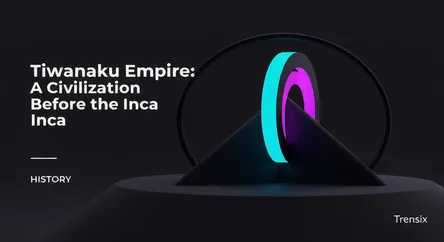History
Tiwanaku Empire: A Civilization Before the Inca

Explore the Tiwanaku Empire, a powerful pre-Inca civilization known for its monumental stone architecture and mysterious collapse in the Andes.
What is it?
The Tiwanaku Empire was a major pre-Columbian civilization centered near Lake Titicaca in present-day Bolivia, which flourished from approximately 200 to 1100 CE. It was one of the most significant Andean civilizations, with its influence extending into modern-day Peru, Chile, and Argentina. The capital city, also named Tiwanaku, was a ceremonial and political hub with a peak population of up to 20,000 people. The Tiwanaku people were master engineers and masons, renowned for their monumental stone architecture, such as the Gateway of the Sun and the Akapana pyramid. They also developed sophisticated agricultural techniques, like the suka kollus (raised fields), to sustain their population in the challenging high-altitude environment of the Altiplano.
Why is it trending?
Interest in the Tiwanaku civilization is continually renewed by new archaeological discoveries and the enduring mystery of its collapse. In June 2024, researchers announced the discovery of a new temple complex, Palaspata, over 130 miles from the main Tiwanaku site, challenging previous understandings of the empire's reach and organization. The enigma of why the civilization was abandoned around 1100 CE remains a popular topic of debate, with leading theories pointing to prolonged drought and environmental stress that led to agricultural failure. As a UNESCO World Heritage Site, Tiwanaku continues to be a focus of research and tourism, keeping its story in the public eye.
How does it affect people?
The legacy of the Tiwanaku Empire profoundly influenced later Andean cultures, most notably the Inca Empire, which regarded Tiwanaku as a sacred place and integrated its myths and architectural styles. For the modern Aymara and Quechua peoples of the Andes, the ruins are not just historical artifacts but a vital part of their cultural and spiritual heritage. Furthermore, Tiwanaku's innovative agricultural systems are being studied and revived in the region as a sustainable method to improve food security in the face of modern climate change. The civilization's story provides a crucial link to understanding the deep history and cultural development of the Andean region before European contact.